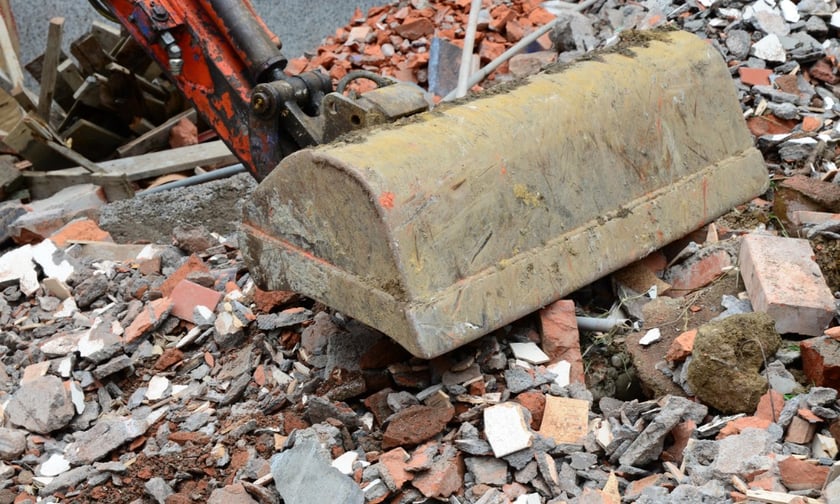

The magnitude 7.4 earthquake that hit Taiwan on Wednesday is likely to drive industrial and business interruption (BI) claims, with potential impacts for the semiconductor chip supply chain.
Past earthquake events in Taiwan have resulted in claims from the technology and life sciences sectors.
Ratings agency AM Best has said it is too early to estimate an insured loss amount following the earthquake, which was the strongest to hit Taiwan in 25 years. However, large insureds typically purchase “adequate” insurance protection, with exposures ceded to the international reinsurance market, AM Best head of analytics Christie Lee said.
A “significant amount” of losses could come from business interruption, Lee said.
Large semiconductor manufacturers have pushed pause on operations and evacuated plants following the earthquake. The three main science parks are located relatively far from the epicenter off the East coast of Hualien County.
Barclays has reportedly cautioned that operational shutdowns could lead to tech supply chain disruptions.
Map of the Taiwan earthquake's impact on semiconductor and electronics production, via Barclays: "We believe this could lead to supply disruptions in the tech supply chain" pic.twitter.com/qsDr7WOzKX
— Tracy Alloway (@tracyalloway) April 3, 2024
The earthquake, which struck at 7:58AM local time, comes as Taiwan’s property and casualty (P&C) insurers have grappled with reinsurance cost hikes and investment asset decline challenges.
Pandemic losses in 2022 drove a weakening of capitalization for Taiwan’s insurers and this has continued despite parent company capital injections.
“Special reserves, treated as a capital buffer to support large losses, have also been reduced materially by reserve releases that offset pandemic insurance claims,” Lee said. “The diminished special reserve buffer resulted in an increase in catastrophe reinsurance purchase at the upper layers in past renewals.
“However, some insurers increased the retention level of their catastrophe reinsurance programs, due to rising reinsurance costs in hard market conditions, which may translate to higher volatility in their net profit.”
In Hualien and Taitung, on the east coast of Taiwan, there were known to be 55,818 residential earthquake insurance policies in force under the Taiwan Residential Earthquake Insurance Program (TREIP) as of 2022.
Take up rate of earthquake insurance cover for the region is 27.1%. Across Taiwan, 37.5% of households have cover.
The residential earthquake fund includes a co-insurance pool of local non-life insurers, to a limit of at least NT$4.2 billion ($131 million). The Taiwan Residential Earthquake Insurance Fund (TREIF) assumes NT$95.8 billion above this.
Nine people have been reported dead following the earthquake, with more than 1,000 injured. Rescue efforts continue.
Rescuers raced against the time to help people out of a collapsed building in Taiwan's Hualien after a 7.2 magnitude earthquake rocked the island. More than 800 were injured and at least nine were killed in Taiwan's biggest earthquake in at least 25 years https://t.co/WNmqcUDv7m pic.twitter.com/nWr7PvZOog
— Reuters (@Reuters) April 3, 2024
Buildings in Hualien have been pictured standing at angles. Some ground floors have been crushed, the Associated Press reported.
Tsunami warnings issued in Japan and the Philippines have since been lifted.
